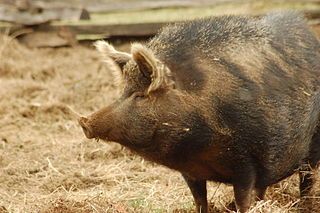From Guest Blogger Heather Roberts: Waste to Energy Renewable Solutions

Waste generation rates will often be affected by a number of things, such as local economics, climate, industrialization and societal norms, but one thing is certain up to a point: the more prosperous a society, the more waste there will be to deal with. Reduction in waste mass and volume is an important part of dealing with final disposal around the world. There are quite a few materials and waste that may be used to make this happen, such as the following few:
• Agricultural Residue
A lot of crop residue happens to be produced each year and it happens to be ignored for the most part even though it has excellent properties in our case. Most common residue is rice husks, which make up 25% of the mass of most rice. There are other types of residue, such as the sugar cane fiber, also known as bagasse, groundnut shells, coconut husks and their shells, cereal straw and a whole lot more. Most of these are plowed right back into the soil during the farming process, left to decompose entirely, burnt or left to be grazed on by cattle. Some studies however show that it may be possible to utilize them in more ways than one. The residues can be used for creation of liquid fuel or used to create combustible gases for heating and the generation of electricity.
• Animal Waste
Another waste that can be used to create energy through sheer biomass with the right treatment, derived from the most common source you can find – animals and poultry. This has mostly seen use as a fertilizer on farms, but the new environmental controls on water pollution and control means a new form of waste management is needed in such cases. The most useful method of doing so is anaerobic digestion of waste which creates biogas that may in turn be used to fuel internal combustion engines, as well as working for gas turbines and more, such as using it for cooking and heating water.
• Sugar waste
Sugar cane produces large quantities of bagasse each year as it operates, which may be used for biomass energy and feedstock for boilers to create electricity and heat. In most cases sugar cane mills will utilize bagasse for electricity production of their own, but in some others they may export quite a bit of power to the local grid as well.
Waste Disposal Chelsea can help you with more ideas.
